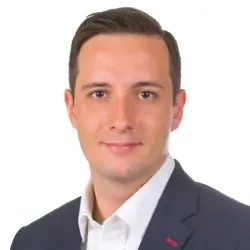In terms of final recommendation, the most typical way would be:
1.Recommendation
2.Risk
3.Next step
I'm wondering is this always the best practice to follow this rigid structure?
Is it possible to blend 2&3 (i.e. mention one risk and its corresponding mitigation plan, and then go to the next risk & mitigation plan), or is it always clearer to separate 2 & 3 (i.e. mention all risk first, then address the mitigation plans)?
















